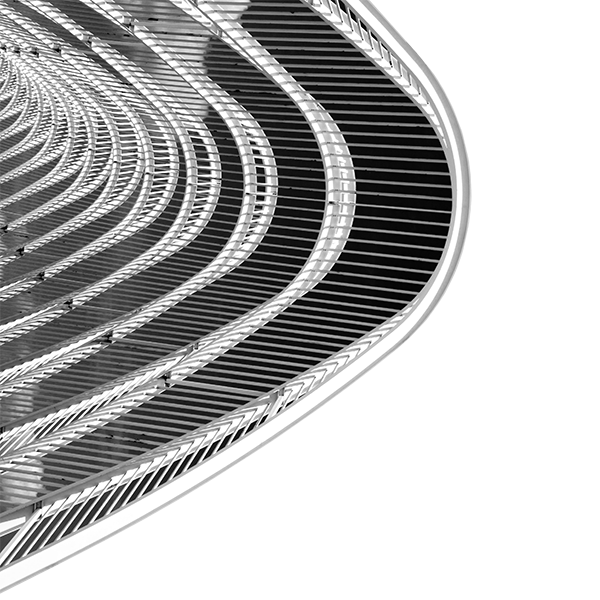High Intensity Radiated Fields (HIRF) and Lightning Technical Session
Session Co-Chairs:
Philipp Boettcher, Richard Olson, Jeff Phillips, Brock Milford, and Cody Weber
Panel Topic 1:
Next generation lightning protection methods
Panel Topic 2:
Lightning standards for novel and emerging vehicle categories
Original Research Presentations:
- Modeling coupling of lightning and HIRF to cables
- Fuel tanks and fuel system ignition prevention
- Lightning direct effects protection
- Electrostatic Discharges
- Lightning and HIRF standards
- HIRF and lightning indirect effects protection
- Wind turbines and lightning
- Spacecraft and launch platforms
- Numerical methods and analysis
- Test methods and material property evaluation
Technical Demonstrations :
We invite authors to submit abstracts for demonstrations, tutorials, and discussion of the state-of-the-art technologies in the topic area of HIRF and lightning.
Important Dates:
Abstract Deadline: September 1, 2023
Author Instructions:
All text must be double spaced with 12-point Arial font. Footnotes, bibliographic references, and long quotations may be singled spaced, but double spaced between entries. Each page must be labeled with a page number on the bottom or top of the page.
An abstract may not exceed 500 words and should include the following:
- Title (not included in word count)
- Objective(s)
- Background
- Methods (research methods or innovation approach)
- Results and Conclusions (research results or innovation impact)
- References (optional, up to five; does not count towards word count)
Authorship:
Papers will be published to the public and must abide by authorship standards.
Authorship of paper should be limited to those individuals who have contributed in a meaningful way to its intellectual content. Speakers are responsible for crediting co-authors and references to ensure ethical standards in all publications which they will be listed as an author.
Abstracts do not have to be new publications.
Abstracts can be submitted by sending an email to ema.expo@ema3d.com.
Session Co-Chairs

Philipp Boettcher, Engineer, Boeing
Philipp, PhD in Aeronautics on Thermal Ignition, is a Technical Fellow in the Boeing Research & Technology Electromagnetic Effects (EME) group with expertise in lightning direct effects, safety, ignition, flammability, thermodynamics, heat transfer, multi-physics analysis, and Digital (Systems) Engineering. He is the NASA X-66 Transonic Truss Braced Wing Sustainable Flight Demonstrator EME lead.
Philipp has been the principal investigator for several EME Projects aimed at improving our understanding, test, and modeling methods for ignition hazards and structural damage generated from lightning. He is a voting member of the SAE AE-2 Lightning Committee, where he is the lead for the revision of ARP 5416 (Lightning Test Methods), contributor to RTCA DO-160 Section 23, and a member at large of the SAE A-22 (Fire Protection and Flammability Testing Committee). He has supported lightning ignition and damage analysis and testing for 787, 777X, and proprietary programs. He has worked with several programs, including 787, 777X, 737 MAX 10, KC-46, MQ-25, B-52, and proprietary programs to improve the certification efforts for hot surface ignition sources through testing and modeling. Philipp is focused on integrating EME, Structures, Systems, and other disciplines in a Digital Engineering environment with a focus on the Digital Thread and early Digital Systems Engineering integration.

Richard Olson, Electromagnetic Effects Engineer, Textron Aviation
Richard is an electromagnetic effects engineer at Textron Aviation, with previous experience at Beechcraft, Learjet, and Bombardier. He has worked on Part 23 and Part 25 programs, including composite airframes, general aviation commercial airplanes, and special missions and defense programs, while focusing on all aspects of electromagnetic effects.
He recently started serving as the SAE AE-2 Lightning Committee chair, and has enjoyed collaborating with industry experts.

Jeff Phillips, Electromagnetic Effects Specialist, Textron Aviation
Jeff has 23 years of experience in electromagnetic effects for aviation. Jeff is a UM on multiple ODA’s as well as a consultant DER for part 23, 25, 27, 29 and 35 for electromagnetic effects.
Jeff is a longtime contributor to SC-135 (DO-160) as well as the SAE AE-2 (lightning) and SAE AE-4 (HIRF) committees.

Brock Milford, Senior Scientist, EMA
Before coming to EMA, Brock Milford had previously worked at NIAR’s Environmental Test Lab as a HIRF and lightning engineer. While at NIAR, he helped develop the ignition source detection test methods NIAR uses for fuel ignition source testing, he was also responsible for NIAR’s direct effects of lightning testing.
He conducted NIAR’s full aircraft tests to determine the HIRF and lightning test levels used to perform system tests. Brock was the DO-160 Section 23 Change Coordinator for RTCA’s SC-135 Committee. He is also a member of the SAE AE-2 Lightning Committee.

Cody Weber, Principal Scientist II & Co-Owner, EMA
Cody Weber is a Principal Scientist II and Co-Owner at Electro Magnetic Applications, Inc. (EMA) where he leads an E3 consulting and complex modeling team. The consulting team provides E3 certification support while the modeling team uses computational electromagnetics (CEM) to asses platform level aircraft EME interaction for threat evaluation or to set compliance levels
His team has developed complex models for civilian, space, military, and specialty engineering programs around the world simulating aircraft interaction, lightning, HIRF, EMP, and EMI environments.
Cody has used the consulting experience on aircraft certification programs along with his understanding of regulation guidance to enhance the workflow and adapt EMA3D® cable to solve real world aircraft problems. His team has developed modeling techniques to identify important aircraft EM features, including complex cable systems or structural seams, and capture these features efficiently and accurately in high fidelity FDTD models.
The quality of these techniques and models have been validated for aircraft of metallic and composite structures as well as other unique design applications. Several of these validation efforts have been presented at the International Conference on Lightning and Static Electricity (ICOLSE) that are available to share upon request.


